Exceptional Eye health & Vision Care
Quality You Can Clearly See
Kildeer, IL
Elgin, IL
Kildeer, IL.
Call Us
Location
Hours
Elgin, IL
Call us
Location
Hours
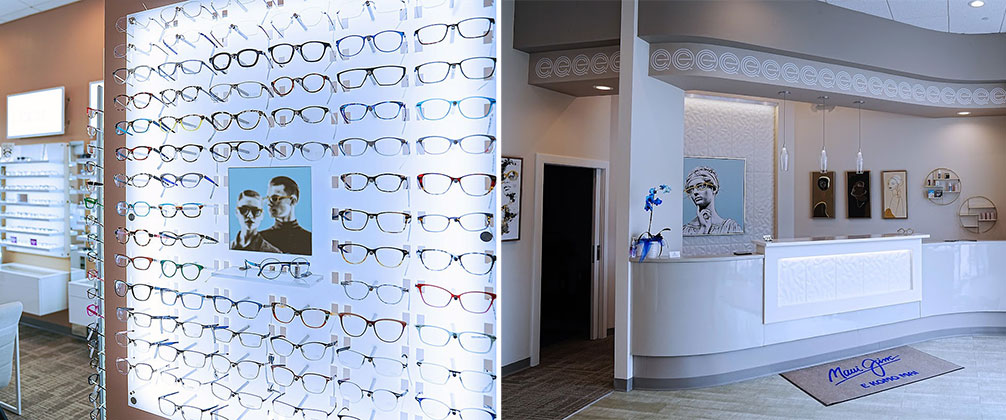
Exceptional Eye Health & Vision Care
Quality You Can Clearly See

About Us
At Quality Eye Care Clinic, our team of eye care professionals provides top-quality eye care services to patients in the Kildeer and Elgin area.
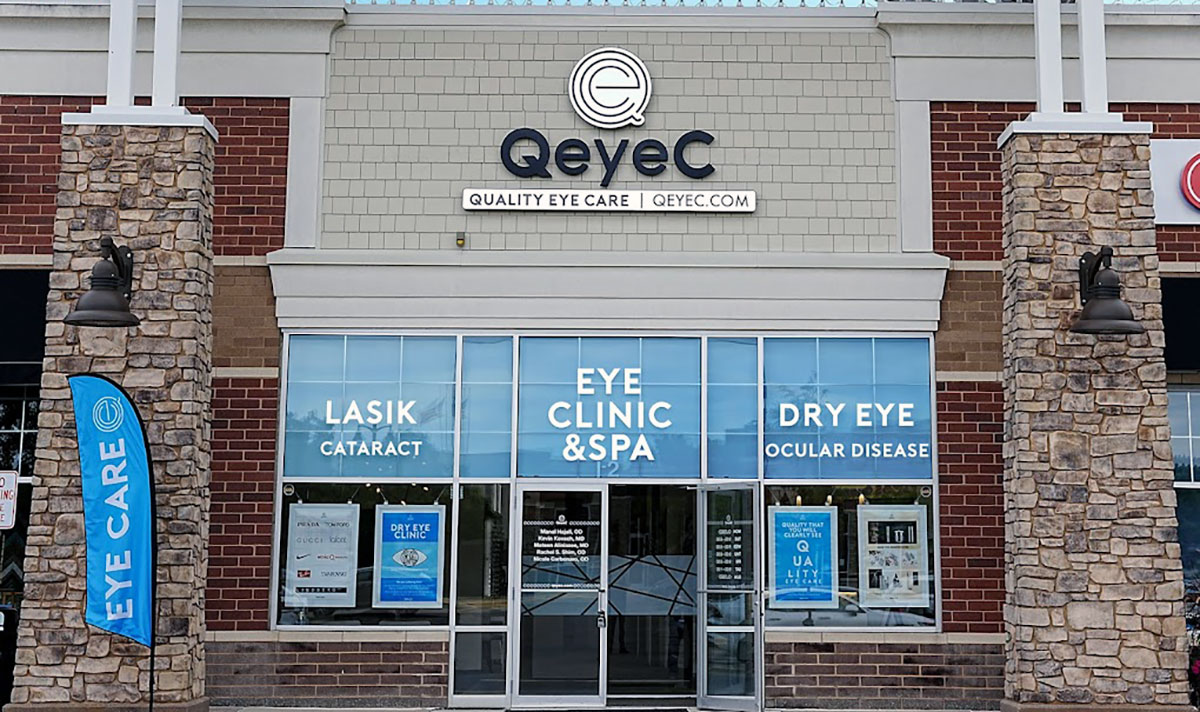
Kildeer, IL
Quality Eye Care Clinic’s Kildeer, Illinois location is a premier destination for all your eye care needs in the northwest suburbs of Chicago.

Elgin, IL
In our Elgin office, we offer a wide range of eye care services to meet your unique needs.
Your Eyes Are in Good Hands
At Quality Eye Care Clinic, we provide comprehensive eye exams for patients of all ages at our Kildeer office and for patients ages three and older at our Elgin location. Everyone’s eyes are unique, which is why we tailor our eye care services to meet your or your child’s specific needs. Whether you’re overdue for an eye exam, looking for contact lenses, or seeking care for a specific eye condition, we’ll go the extra mile to help you achieve and maintain healthy vision.
Full Spectrum of Services
Using the most advanced technology and treatments, we’ll thoroughly examine your eyes to assess ocular and systemic health. Together we will develop a treatment plan including proactive, preventative care.

Eye Exam
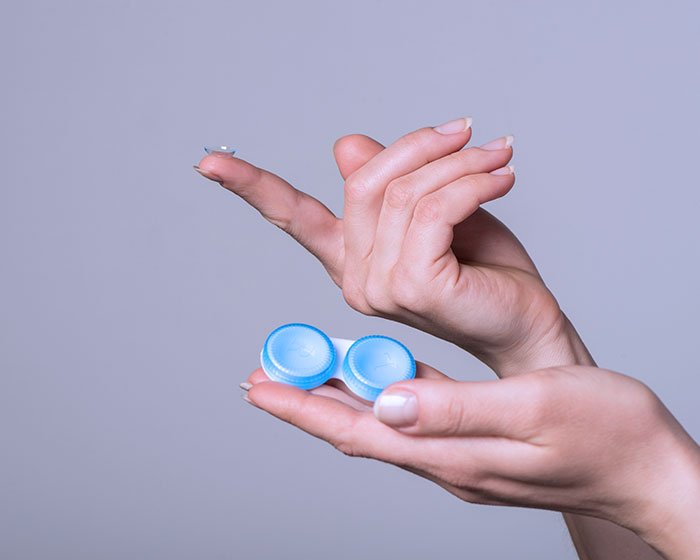
Contact Lens Exam

Diabetic Eye Exam
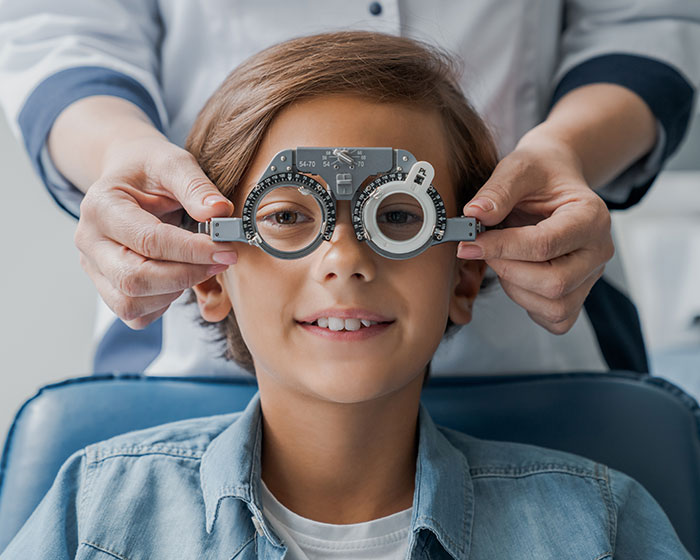
Pediatric Eye Exam
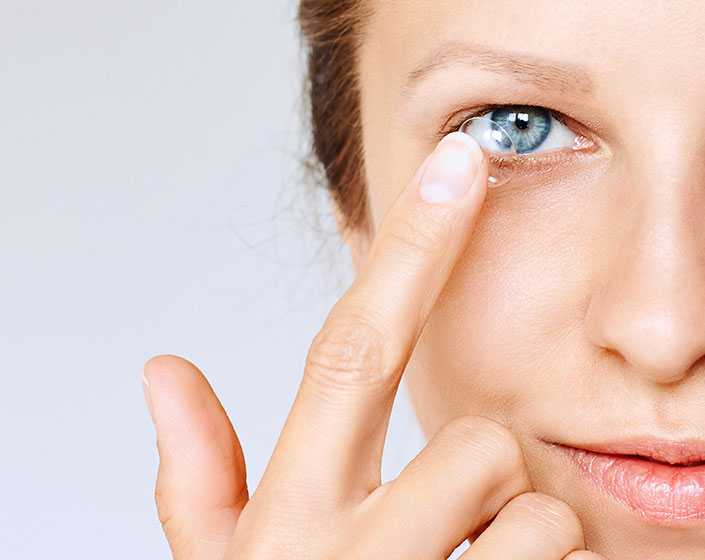
Orthokeratology

Myopia Management

LASIK
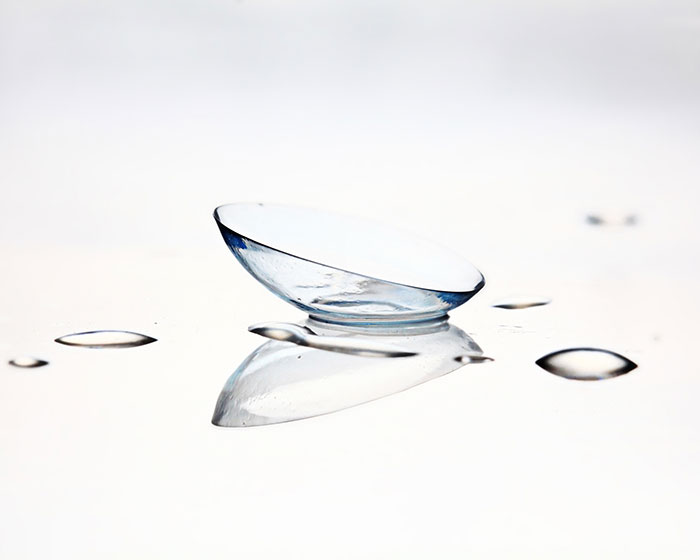
Scleral Lenses
You don’t have to live with dry eyes
Dry Eye Center
Everyone experiences dry eyes from time to time. But if your symptoms persist and don’t improve with eye drops or home remedies, it’s time to see the experts at Quality Eye Care Clinic! We offer a range of treatments to help you find relief and improve your overall eye health.
Dry Eye Evaluation
Dry Eye Spa
Shop Dry Eye Products
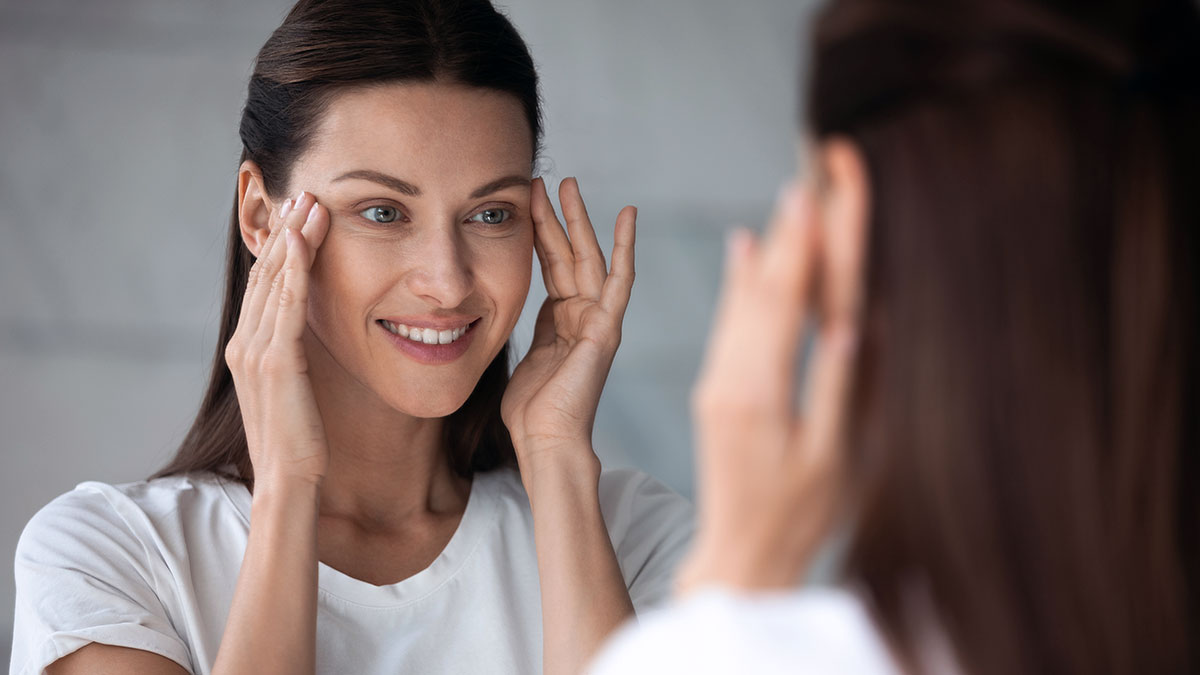
You don’t have to live with dry eyes
Dry Eye Center
Everyone experiences dry eyes from time to time. But if your symptoms persist and don’t improve with eye drops or home remedies, it’s time to see the experts at Quality Eye Care Clinic! We offer a range of treatments to help you find relief and improve your overall eye health.
Dry Eye Evaluation
Dry Eye Spa
Shop Dry Eye Products
Discover Your Perfect Eyeglass Frames
Quality Eye Care Clinic is your destination for designer eyewear in Kildeer and Elgin, Illinois. Our extensive selection of sunglasses and eyeglasses includes options for the whole family. Schedule an appointment with us today and explore our stylish collection of high-quality frames and the latest lens technology!
Fashion Optical
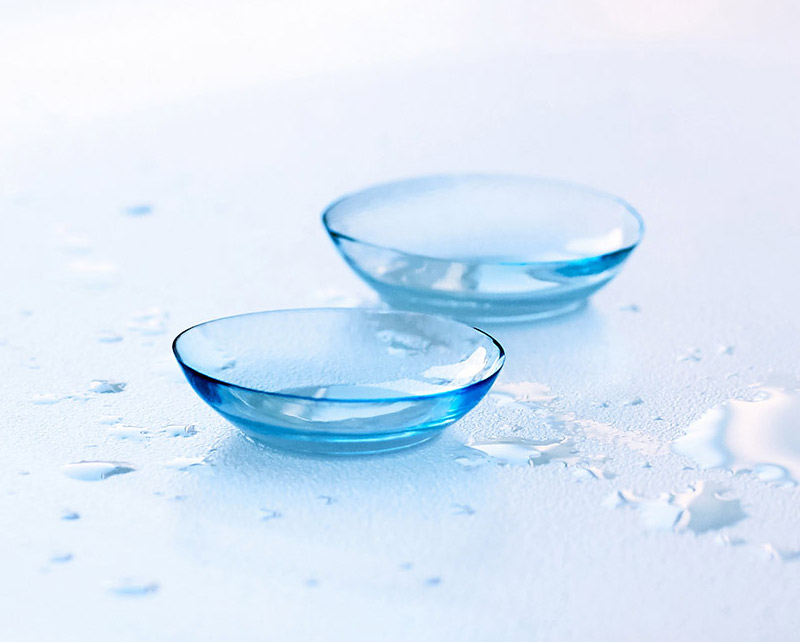
Order Contact Lenses
Refill your contact lens prescription online
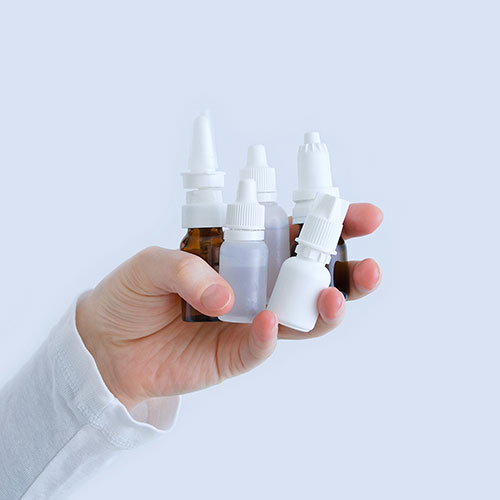
Shop over 400 dry eye products
Our range of dry eye products includes eye drops, warm compresses, and other products to help you feel better fast.

Kildeer Google reviews

Elgin Google reviews

Shop from over 400 Doctor – Approved Dry Eye Products
Our range of dry eye products includes eye drops, warm compresses, and other products to help you feel better fast.
Order Contacts Online
Our online contact lens platform provides a convenient way to quickly refill your contact lenses.









